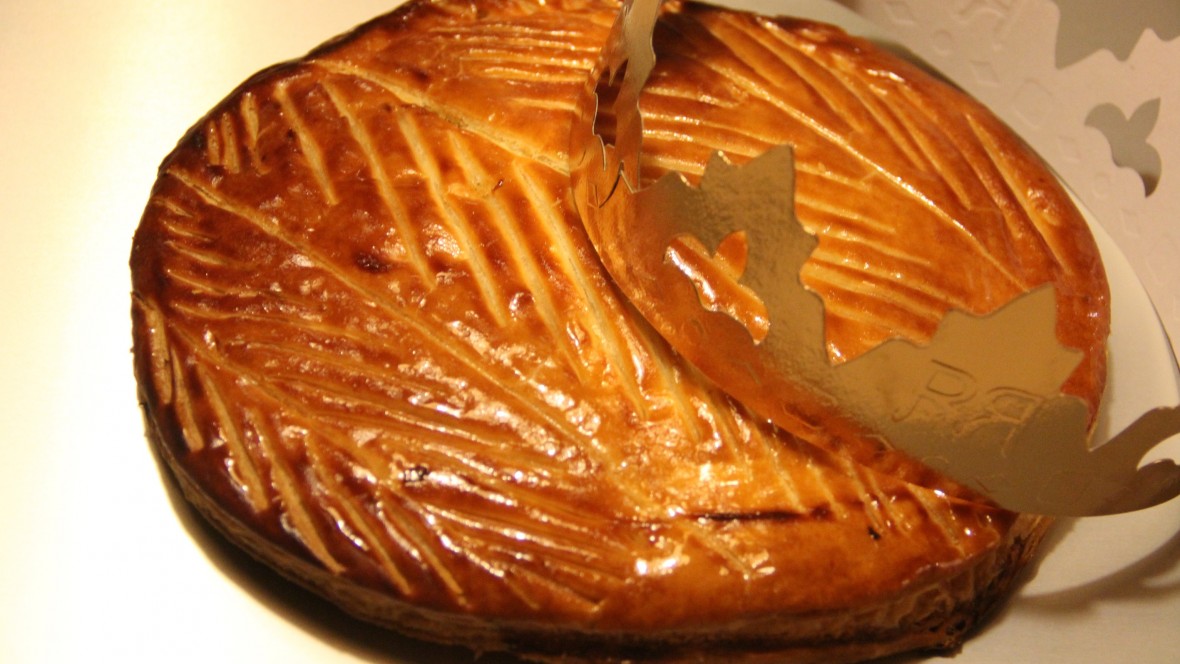
After Christmas and New Year comes the Epiphany and its famous “Galette des rois”! People who live in France and Belgium are familiar with the tradition. If you are new to the area, you will be surprised to see all the pastry shops and bakeries invaded by these round, flat “galettes” made of puff pastry. They are presented with a golden crown made of cardboard, which is used to crown the “king” (or queen) who finds the “fève” – the lucky charm in his or her share of the cake.
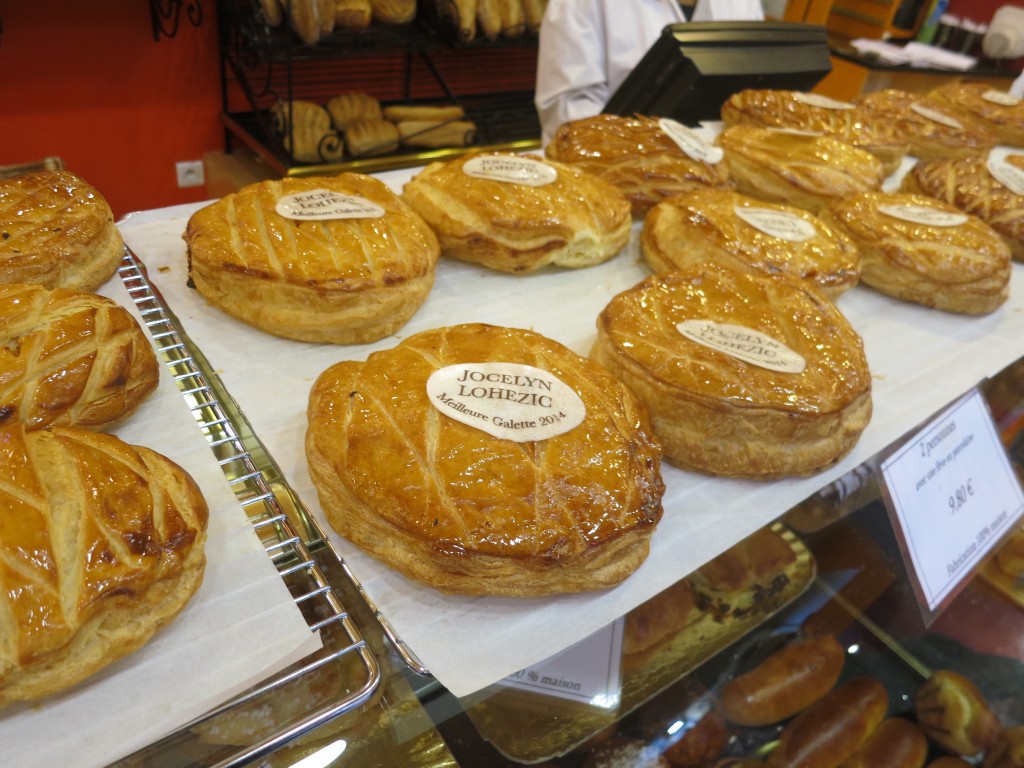
Behind the pastry, there is a whole ritual and tradition. People usually can tell you about the traditions but I bet not many of them know their origins.
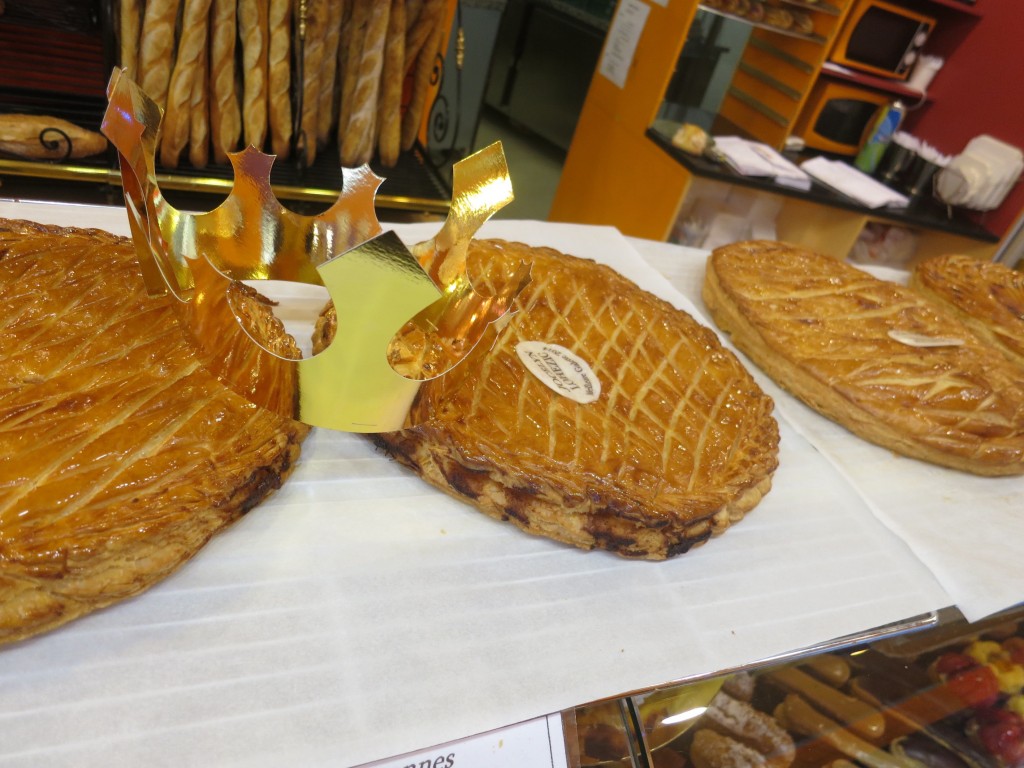
Here is a little history story that you can proudly share with the locals:
During the Saturnalia (Roman festivals of the end of December and beginning of January), the Romans designated a slave as “King for a Day”. The Saturnalia was indeed a role reversal party to thwart the adverse days of Saturn, a chthonic goddess. During the banquet (at the beginning or end of the Saturnalia, according to the different periods of ancient Rome), within each major “familia,” the Romans used a bean cake as a ballot to elect the “Saturnalicius princeps” (Prince of Saturnalia or disorder). This allowed to tighten domestic affections and gave the “king for a day” the power to fulfill all his desires during the day (such as giving orders to his master) before his return to servile life or being put to death. To ensure a random distribution of shares of the cake, It was customary for the youngest slave to sit under the table and call out the names of random slaves as shares of the cake were being cut; those whose names were called out would receive the share that was just cut.
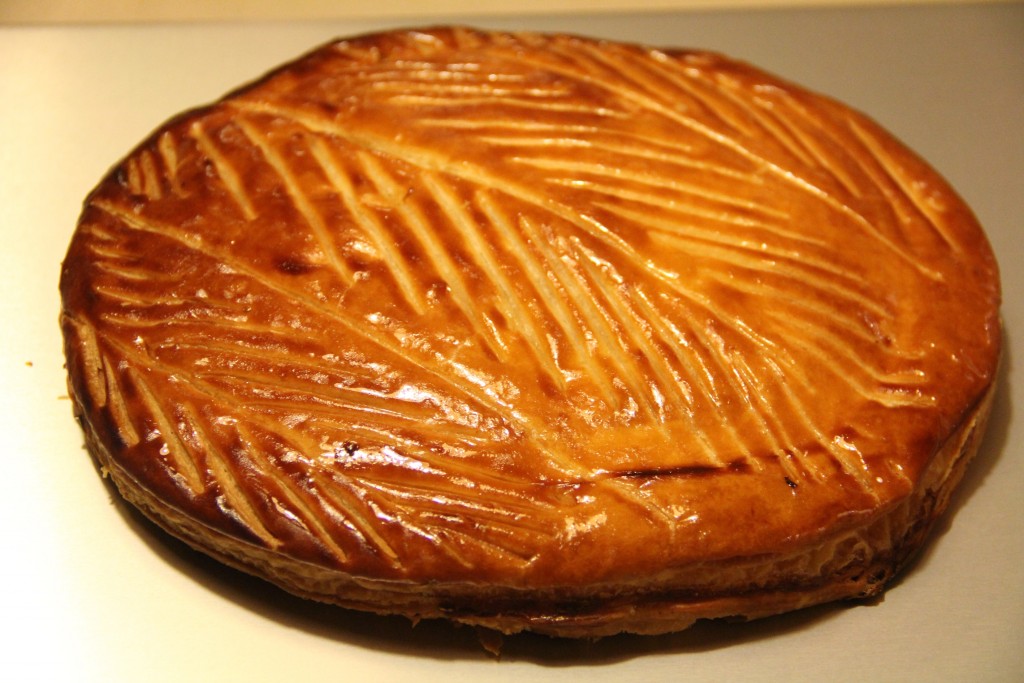
This tradition has evolved and persisted over the centuries by finding its place on the day of Epiphany.
The “Galette des Rois” is made with puff pastry filled with an almond paste called Frangipane, in which a charm is hidden. The “Fève” or lucky charm is made most of the time of Porcelain, plastic, or a bean. Many people, like me, collect them. Bellow is the collection that I started when I arrived in Paris three years ago. You can see that we ate many Galettes des Rois! The official season starts at the Epiphany, January 6th, and because of its popularity, it ends towards the end of January.

The cake is divided into as many portions as there are guests. Just as in Ancient Rome, to ensure a random distribution of the cake shares, the youngest person goes under the table and names the recipient of the share that is indicated by the person in charge of the service. The person who has the “fève” in their cake is the King or Queen of the day and they choose their Queen or King.
In the old days, the cake was divided into as many shares as there were guests, plus one. The latter, called “the share of God,” “share of the Virgin Mary,” or “share of the poor” was intended for the first poor person to arrive at the home.
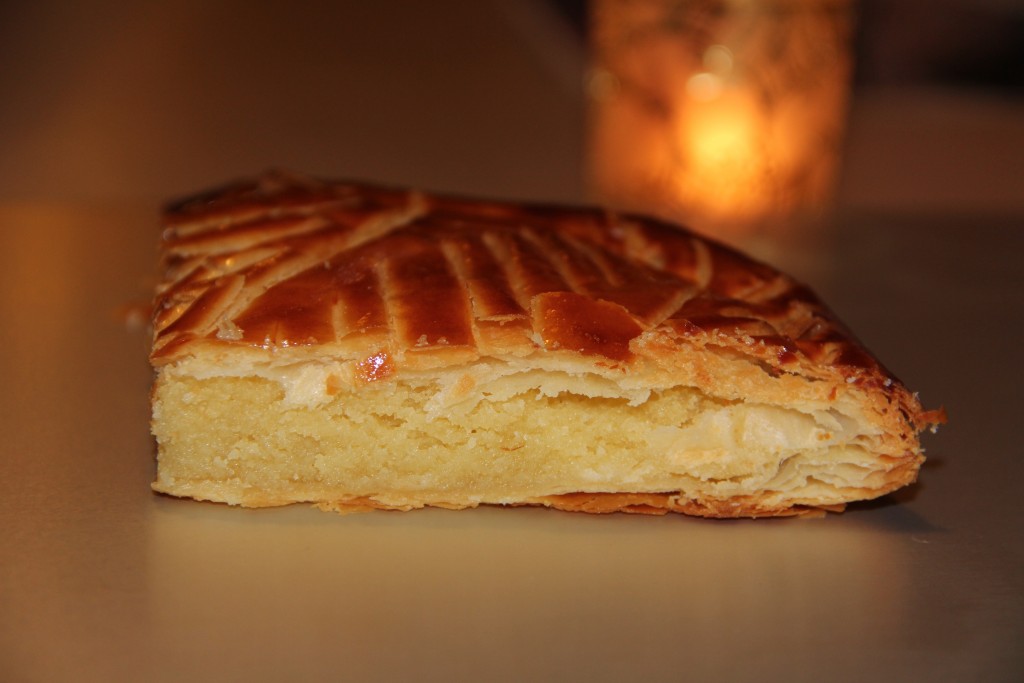
Each year a prize of the best Galette of Paris is assigned to a pastry shop. You can find many articles talking about the 10 top places to buy a Galette des rois in Paris or the ten best Galettes of Paris. You don’t always need to go to the most expensive or most famous bakery to eat a very good Galette. Sometimes the bakery right around the corner has very good ones and they’re less expensive. The pastry Les Saveurs de Wagram near my apartment at 169 avenue de Wagram, 75017 Paris, makes excellent Galettes. The bakery Jocelyn Lohezic at 143 Rue de Courcelles, 75017 Paris won the prize of best Galettes des Rois for 2014. In 2015, the pastry Chef Michel Lyczak, Boulangerie Lyczak, 68, rue Paul-Vaillant-Couturier, at Malakoff won the prize. Who will be the winner of 2016?
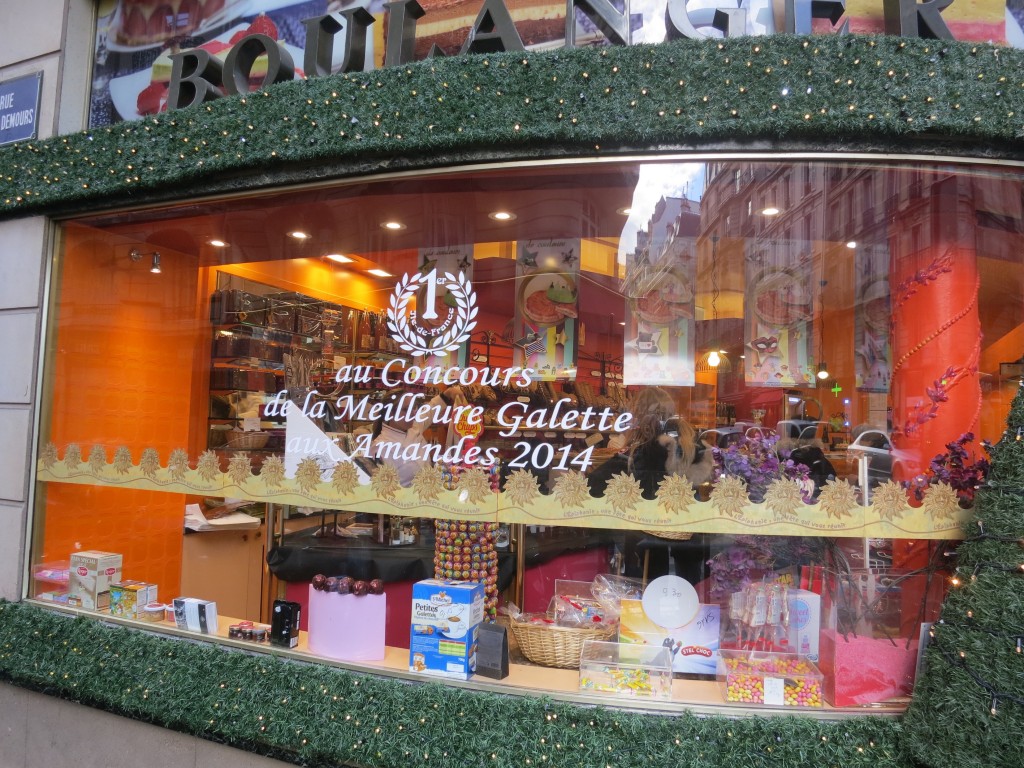
I hope you had a very good Epiphany and ate an excellent Galette des rois. If not, you still have several weeks to enjoy the pastry and its tradition!
Fun fact: It seems that the French President is not allowed to “draw the kings” on Epiphany because of the etiquette rules. Therefore, a traditional galette without figurine or crown is served at Elysée Palace in January.









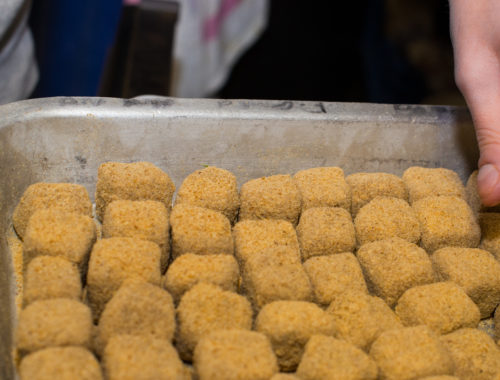
Love this article, Dina!
Thank you Barb!
[…] * if you want to know more about the Epiphany read my blog a crown for the winner ! […]
[…] seasonal galette des rois – King’s cake. If you’re wondering what this delicacy signifies, read my blog post about this famous […]
[…] January is the month of the galette des rois—the King’s cake. These round, flat galettes are made of puff pastry filled with almond paste and traditionally presented on the day of the Epiphany, January 6th. If you want to know more about this famous and delicious custom, read my blog post. […]